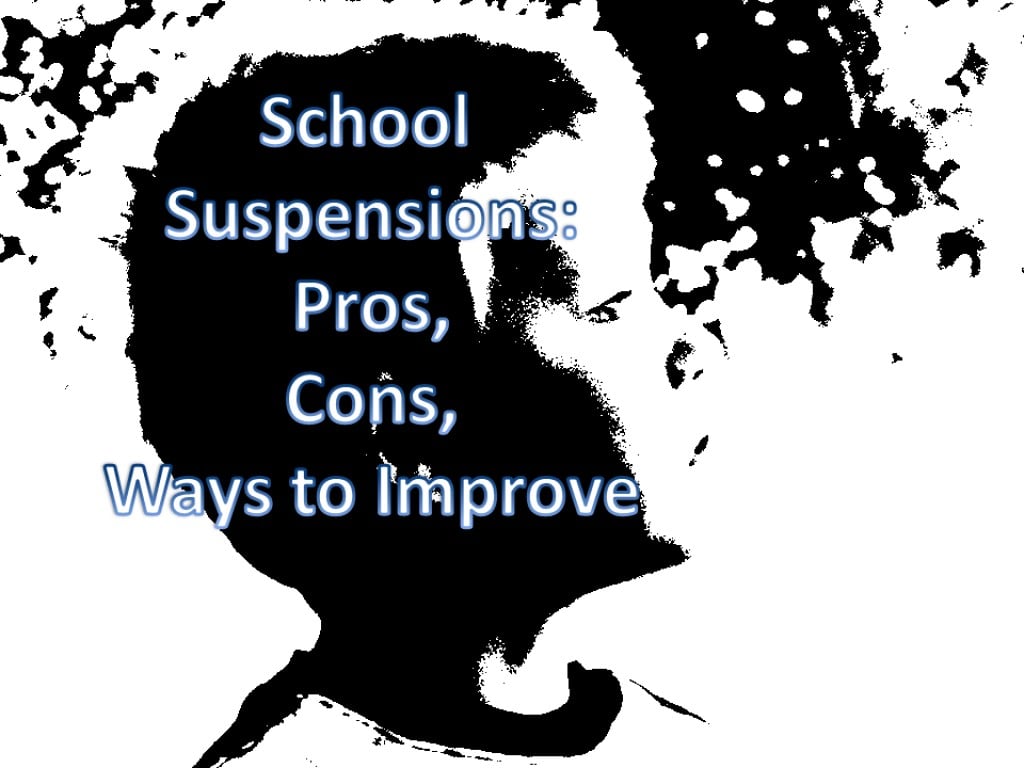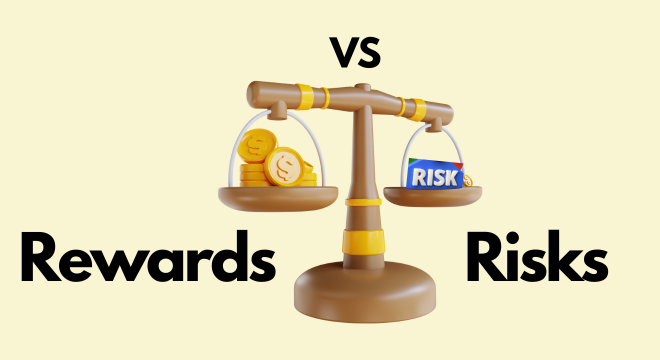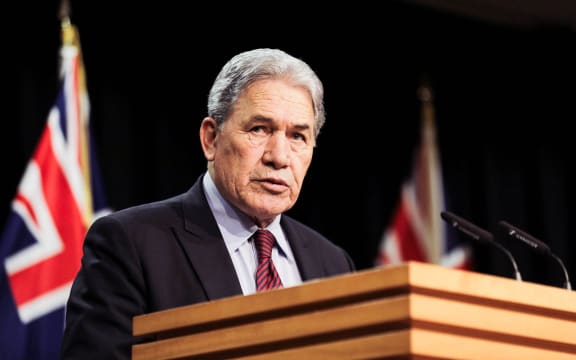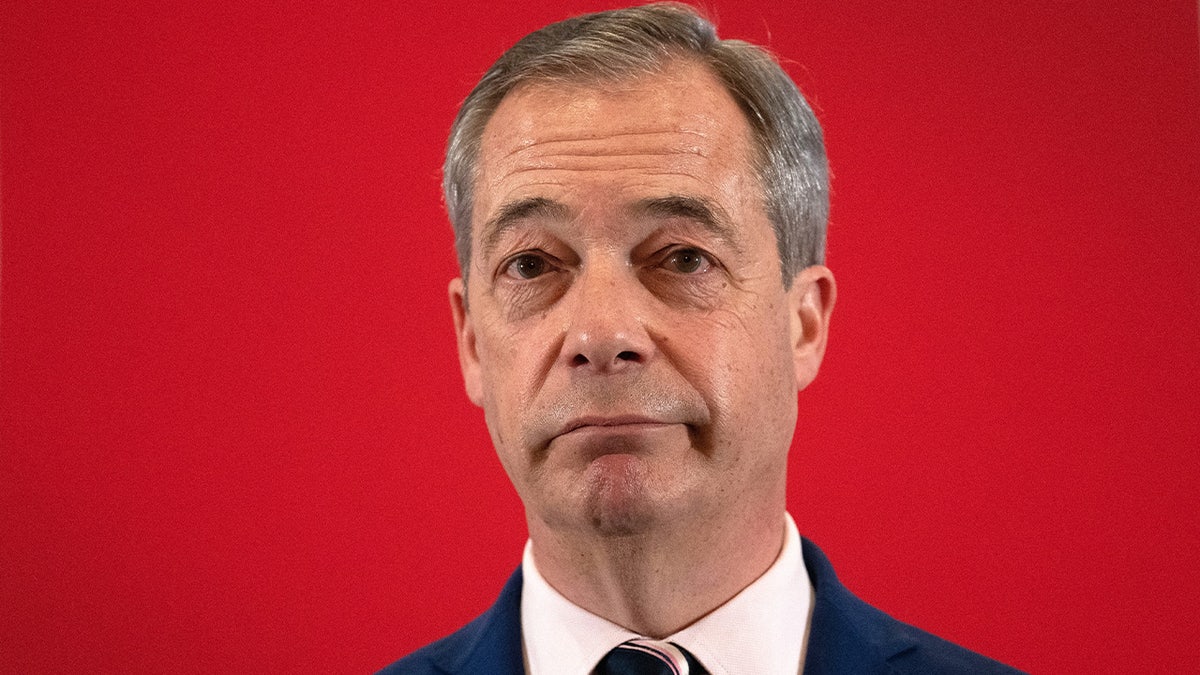Are School Suspensions Effective? Evaluating The Evidence Of Harm

Table of Contents
The Ineffectiveness of Suspensions in Improving Student Behavior
School suspensions, often implemented as a quick solution to disruptive behavior, frequently fail to address the underlying issues contributing to the misbehavior. This leads to a concerning cycle where suspensions become a repeated disciplinary measure, rather than a solution.
Short-term vs. Long-term Effects
Suspensions often provide only short-term behavioral change, if any at all. Instead of addressing the root causes of a student's actions, they remove the student from the educational environment, leaving the underlying issues unresolved. This often results in:
- Increased likelihood of future suspensions: Students who are suspended are significantly more likely to be suspended again, demonstrating a failure of the disciplinary method to effect lasting behavioral change.
- Higher dropout rates: Repeated suspensions can lead to feelings of alienation and disengagement from school, increasing the likelihood of dropping out.
- Involvement in the juvenile justice system: A suspension can serve as a gateway to more serious consequences, potentially leading to involvement with law enforcement and the juvenile justice system.
Research consistently shows a lack of positive behavioral changes following suspension. A study published in the Journal of School Psychology (insert citation here) found that suspended students exhibited no significant improvement in behavior compared to their peers who received alternative disciplinary measures.
The Negative Impact on Academic Performance
Beyond behavioral consequences, school suspensions significantly impact academic achievement. The missed classes and disrupted learning create a gap in education that is difficult to overcome. This results in:
- Lower grades: Missing instruction directly impacts students' ability to understand and retain information, leading to lower grades across the board.
- Increased absenteeism: The experience of suspension can create a pattern of absenteeism, further hindering academic progress.
- Decreased graduation rates: The cumulative effect of missed classes and academic setbacks can significantly decrease the likelihood of graduating on time, impacting future opportunities.
Numerous studies highlight the strong correlation between suspension and academic failure. Data from the National Center for Education Statistics (insert citation here) reveals a clear link between suspension rates and lower graduation rates.
The Negative Social and Emotional Consequences of Suspension
The impact of school suspension extends far beyond the academic realm. It carries significant social and emotional consequences that can have lasting effects on a student's well-being.
Increased Risk of Mental Health Issues
Suspension often contributes to feelings of isolation, shame, and alienation. These negative emotions can significantly increase the risk of developing various mental health issues, including:
- Social isolation: Removal from the school environment can exacerbate feelings of loneliness and disconnect from peers.
- Feelings of shame and alienation: The experience of being suspended can be stigmatizing, leading to feelings of shame and inadequacy.
- Increased risk of self-harm: Studies have shown a correlation between school suspension and increased rates of self-harm and suicidal ideation (insert citation here).
The mental health implications of school suspension are a growing concern, demanding a shift towards more supportive and holistic disciplinary practices.
The Disproportionate Impact on Marginalized Students
School suspensions disproportionately affect students from marginalized groups, notably students of color and those from low-income families. This reflects systemic inequities within the education system and the presence of implicit bias in disciplinary actions. This disproportionate impact includes:
- Racial disparities in suspension rates: Data consistently shows that students of color are suspended at significantly higher rates than their white peers, even when controlling for other factors.
- The impact of implicit bias in disciplinary actions: Unconscious biases can lead to harsher disciplinary measures for students from marginalized groups.
- The need for equitable disciplinary practices: Addressing these disparities requires a comprehensive approach that acknowledges and confronts systemic biases.
Statistics from the US Department of Education's Office for Civil Rights (insert citation here) clearly illustrate the alarming racial disparities in school suspension rates.
Alternative Approaches to School Discipline
The evidence overwhelmingly suggests that school suspensions are an ineffective and often harmful disciplinary tool. Fortunately, there are alternative approaches that offer more promising outcomes.
Restorative Justice Practices
Restorative justice focuses on repairing harm and addressing the root causes of conflict through:
- Mediation: Involving students, victims, and community members in a collaborative process to resolve conflict.
- Conflict resolution: Teaching students effective strategies for resolving disagreements peacefully.
- Community involvement: Engaging the wider school community in fostering a positive and supportive learning environment.
Studies have shown that restorative justice programs are significantly more effective than suspensions in reducing disciplinary incidents and improving school climate (insert citation here).
Positive Behavioral Interventions and Supports (PBIS)
PBIS is a proactive approach that prioritizes preventing behavioral problems through:
- Teaching positive social skills: Equipping students with the skills to navigate social situations effectively.
- Clear behavioral expectations: Establishing clear and consistent expectations for student behavior.
- Consistent reinforcement: Rewarding positive behavior to reinforce desired actions.
Research consistently demonstrates the effectiveness of PBIS in reducing disciplinary incidents and creating a more positive school environment (insert citation here).
Conclusion
School suspensions are often ineffective in improving student behavior and can have significant negative social, emotional, and academic consequences, particularly for marginalized students. The evidence points to a clear need for a shift away from this punitive approach and towards evidence-based strategies that promote positive behavior and student success. The ineffectiveness of school suspensions as a disciplinary tool is undeniable. Let's move beyond this practice and embrace alternative disciplinary approaches like restorative justice and PBIS. Learn more about alternative disciplinary approaches and advocate for change in your school community to ensure that all students have the opportunity to thrive in a safe and supportive learning environment, free from the harmful effects of excessive school suspensions.

Featured Posts
-
 Nuclear Litigation Current Cases And Legal Strategies
May 02, 2025
Nuclear Litigation Current Cases And Legal Strategies
May 02, 2025 -
 Investing In Xrp Risks And Rewards
May 02, 2025
Investing In Xrp Risks And Rewards
May 02, 2025 -
 Nvidia Ceo Calls For Changes To Ai Chip Export Rules Under Trump Administration
May 02, 2025
Nvidia Ceo Calls For Changes To Ai Chip Export Rules Under Trump Administration
May 02, 2025 -
 England Vs Spain Tv Channel Kick Off Time And How To Watch The Lionesses
May 02, 2025
England Vs Spain Tv Channel Kick Off Time And How To Watch The Lionesses
May 02, 2025 -
 Pancake Day The History And Traditions Of Shrove Tuesday
May 02, 2025
Pancake Day The History And Traditions Of Shrove Tuesday
May 02, 2025
Latest Posts
-
 A First Hand Account Attending Nigel Farages Press Conference
May 03, 2025
A First Hand Account Attending Nigel Farages Press Conference
May 03, 2025 -
 Witnessing History My Perspective From Nigel Farages Press Conference
May 03, 2025
Witnessing History My Perspective From Nigel Farages Press Conference
May 03, 2025 -
 Significant Lead Farage Overtakes Starmer As Preferred Prime Minister In Over Half Of Uk Constituencies
May 03, 2025
Significant Lead Farage Overtakes Starmer As Preferred Prime Minister In Over Half Of Uk Constituencies
May 03, 2025 -
 Farage Beats Starmer In Uk Pm Preference Polls Constituency Breakdown
May 03, 2025
Farage Beats Starmer In Uk Pm Preference Polls Constituency Breakdown
May 03, 2025 -
 Death Threat Against Nigel Farage Afghan Migrants Uk Travel Incident
May 03, 2025
Death Threat Against Nigel Farage Afghan Migrants Uk Travel Incident
May 03, 2025
